You will need:
- One 1L glass bottle, the mouth of the bottle needs to be a little smaller than the size of the egg you are using. We used a old-fashioned milk bottle.
- One Kettle, filled with tap water
- One hard-boiled egg.
- One oven mitten
- Safety glasses
- Adult help and supervision.
- Be aware of egg vapour allergies in your class
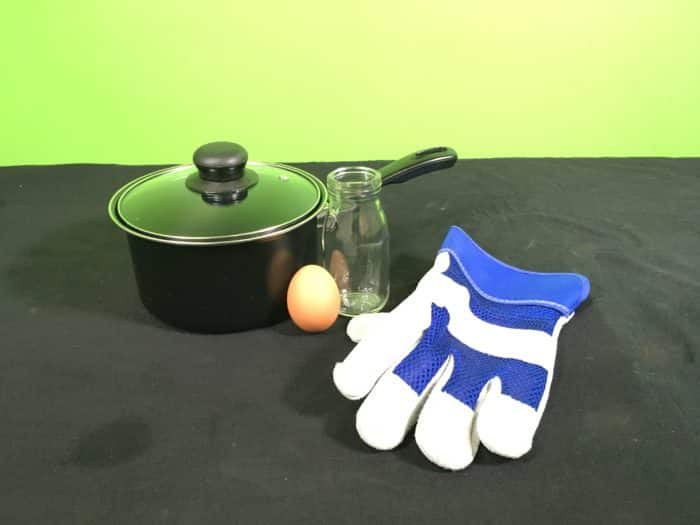
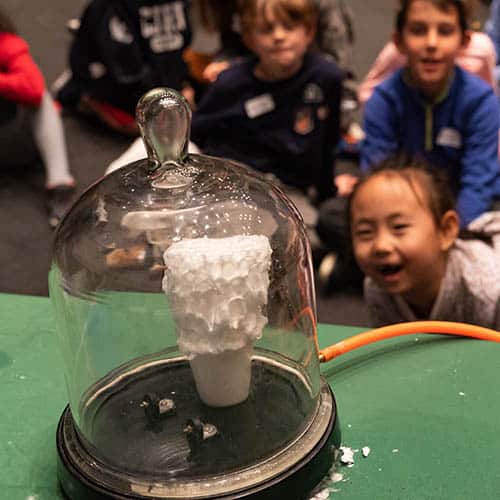
School science visits since 2004!
– Curriculum-linked & award-winning incursions.
– Over 40 primary & high school programs to choose from.
– Designed by experienced educators.
– Over 2 million students reached.
– Face to face incursions & online programs available.
– Early learning centre visits too!
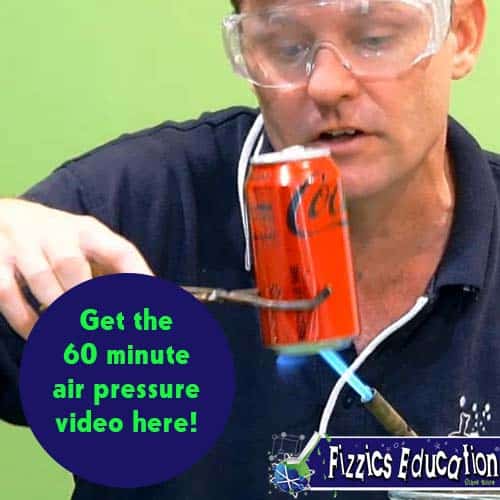
Get the Unit of Work on Pressure here!
- Want to dive into air pressure?
- It’s all about air pressure in many ways!
From how storms form to how planes fly, this unit covers many concepts about air pressure.
Includes cross-curricular teaching ideas, student quizzes, a sample marking rubric, scope & sequences & more
Why Does This Happen?
When you heat up the glass bottle with the boiling water, and then remove the water, the glass stays very hot. This heats up the air inside the bottle. Hot air rises, so a lot of the air inside the bottle rushes out the top. This creates an area of low pressure inside the bottle. When you cool down the bottle by blowing on it, the air that remained inside the bottle contracts, taking up less space, and reducing the air pressure inside the bottle even further.
Now you have what’s called a pressure differential, where the air pressure outside the bottle is higher than the air pressure inside it. Nature likes to exist in a more even state, and so the easiest solution is to put more air into the bottle until the pressure equalises. Of course, the egg is blocking the only entrance into the bottle, and so the air pushes it into the bottle in order to get access!
Further information
Air pressure is the force of molecules of air pushing against things and can be is a pretty powerful force. It’s responsible for a lot of the weather we see, including some of the wild weather that can cause damage to people and property. Humans also use the way air moves to power machines and make our lives easier.
Variables to test
- Whatis the minimum water temperature required to get the egg into the bottle?
- What is the minimum bottle opening size that can allow this to happen?
- With an adult, try burning paper inside the bottle and then blow out the flames. Will the experiment still work?
From liquid nitrogen shows to hot & cold workshops, we’ve got your unit on properties of materials covered!
Get in touch with FizzicsEd to find out how we can work with your class.
Hot & Cold Workshop
Years 1 to 6
Maximum 30 students
School workshop (NSW & VIC)
60 or 90 minutes
Online Class Available
STEM Full Day Accelerator - Primary
Designed from real classroom experiences, this modular day helps you create consistently effective science learning that directly address the new curriculum with easily accessible and cost-effective materials.
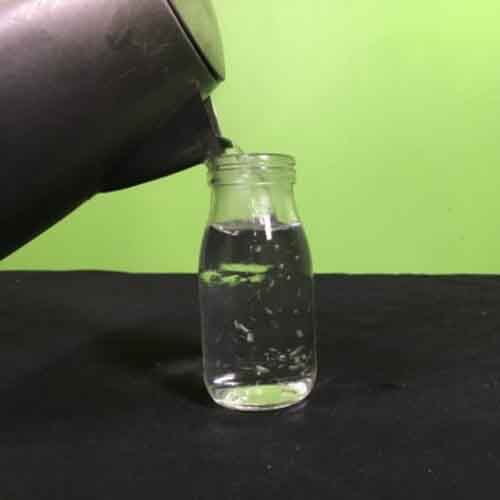
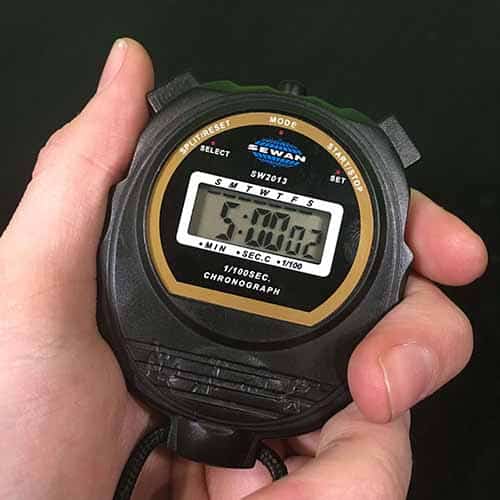
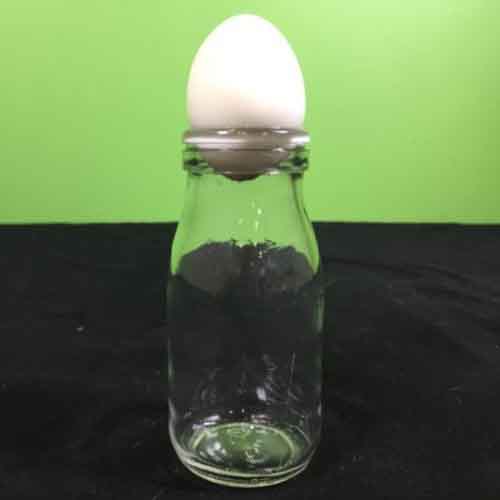
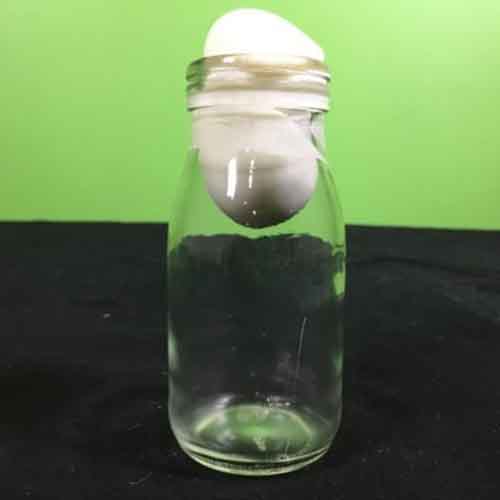
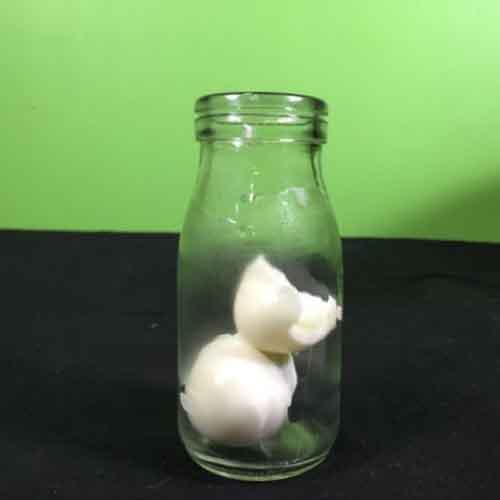


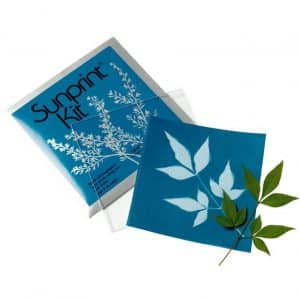
























what tipe of bottle
You need a wide mouth glass bottle so that the egg can fit through the opening. We’ve found that old-style milk bottles are best!